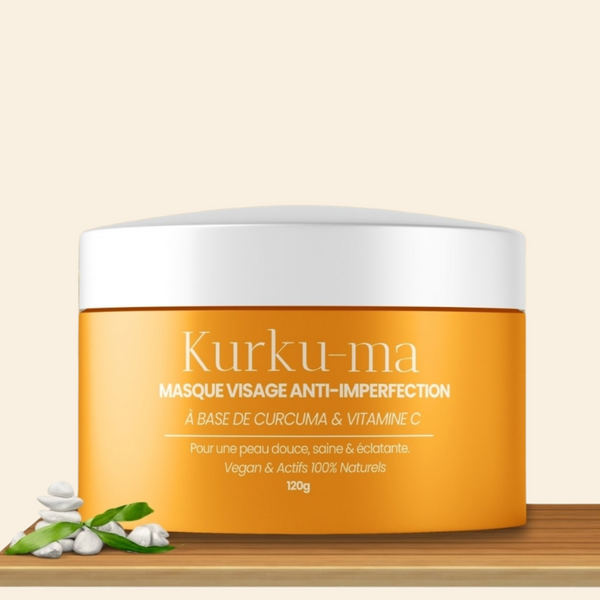Le curcuma, cette épice d'un doré éclatant, est bien plus qu'une simple saveur ajoutée à nos plats. Au fil des siècles, il s'est taillé une place de choix dans les traditions de beauté à travers le monde, mais comment cet "or des Indes" est-il devenu un pilier des soins de la peau ?
Dans les anciens écrits de l'Inde védique, le curcuma est célébré comme symbole de pureté, de fécondité et d'éclat. Il n'était pas seulement un ingrédient culinaire, mais également un élément essentiel des rituels nuptiaux et des cérémonies religieuses. Dans ces textes sacrés, on découvre l'importance du curcuma dans la vie quotidienne, sa capacité à purifier le corps et l'esprit.
En Égypte, le curcuma se transforme en or liquide. Les reines égyptiennes, dont la légendaire Cléopâtre, se baignaient dans des laits parfumés au curcuma pour conserver leur peau douce et radieuse. Plus encore, le curcuma trouvait sa place dans le processus sacré de momification, témoignant de sa valeur tant dans la vie qu'au-delà.
Les traces de cet or des Indes ne s'arrêtent pas aux rives du Nil. Du Pacifique Sud à l'Afrique du Nord, chaque culture a intégré le curcuma dans ses propres rituels de beauté, valorisant ses propriétés antioxydantes, anti-inflammatoires et éclaircissantes.
Aujourd'hui, la science contemporaine redécouvre ce que nos ancêtres savaient déjà : les vertus inégalées du curcuma pour la peau. Les études actuelles confirment ses bienfaits ancestraux, faisant de cet ingrédient un incontournable des soins naturels modernes.
Enfin, l'art traditionnel d'extraction et de préparation du curcuma reste précieux. Les méthodes ancestrales, transmises de génération en génération, permettent d'obtenir le meilleur de cette épice, offrant à notre peau les bienfaits d'un trésor qui traverse les âges.
Le voyage du curcuma, de ses origines en Inde à sa place dans nos routines de beauté contemporaines, est une histoire fascinante. Une histoire où tradition, culture et science s'entrelacent pour célébrer cette merveille dorée. Embarquez dans ce voyage à travers le temps et découvrez pourquoi l'or des Indes reste, aujourd'hui encore, un pilier de la beauté naturelle.

























